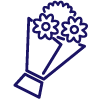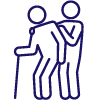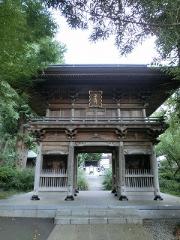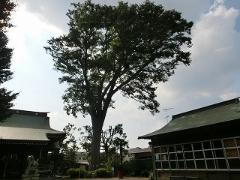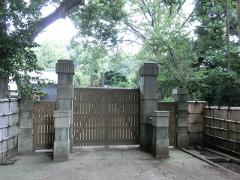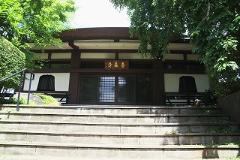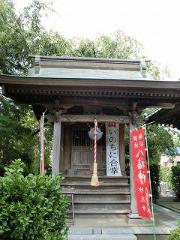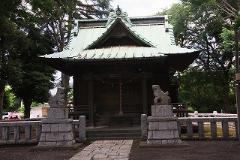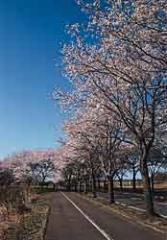Here's the text.
Kamakura Kodo North Course
Last Updated April 10, 2020
On the northern route of Seya Station on the Kamakura Kodo and Joto, there are Seya Hachifukujin, shrines and temples, Jizo-son, Dosojin, and mansion forests and old private houses that seem to stop the flow of time. In addition, there is a special area for Kamiseya agriculture, which is Seya's largest agricultural area, and a row of cherry blossom trees on the Navy Road (Ring Route 4), so you can feel valuable historical heritage and lush nature.
Kamakura Kodo North Course Map
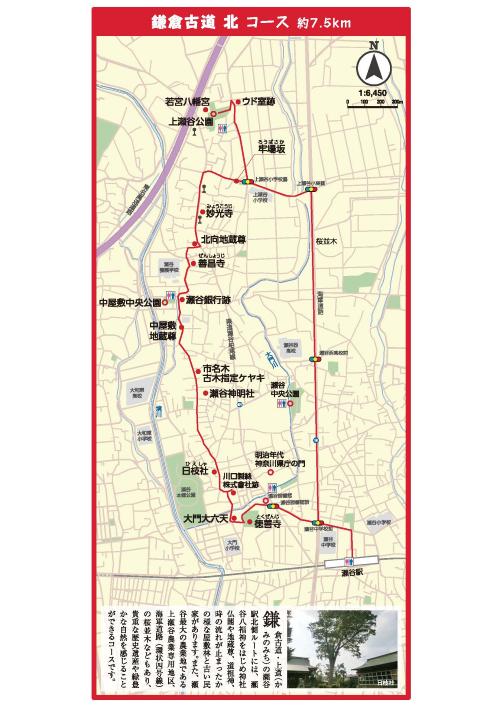
Highlights of the Kamakura Kodo North Course
| Name of historic sites, etc. | Information |
|---|---|
Tokuzenji Temple | It was founded in 1555 (1555) at the end of the Muromachi period. The magnificent mountain gate, which is rich in ancient colors, welcomes you with plenty of tastes of ancient temples.
|
| Hie Corporation | The foundation is unknown, but it is said that it existed during the Kamakura period.
|
| The site of the Seya Bank | In 1907 (1907), Masagoro Kojima, who played the role of the village of Seya Village, opened mainly. .
|
| Zen Akira Temple | It is said that in 1533 at the end of the Muromachi period (1533), a person related to Mr. Takeda of Kai was indigenous and opened. .
|
| Myoukoji | An ancient temple that was based on the hermitage of Meiko Higaoka Nun, built in 652 (652) during the Asuka period.
|
| Wakamiya Hachimangu Shrine | Founded at the end of the Muromachi period, Eiroku era (1558-1570) by the recommendation of Tango Iwasaki. Moved to its current location in 1968 (1968) for the construction of the Tomei Expressway.
|
| Naval Roads | A row of cherry blossom trees is famous for its straight line road of about 2,850m from the vicinity of Seya Junior High School Intersection to the Hachioji Highway on Route 4.
|
You may need a separate PDF reader to open a PDF file.
If you do not have it, you can download it free of charge from Adobe.
![]() To download Adobe Acrobat Reader DC
To download Adobe Acrobat Reader DC
Inquiries to this page
Seya Ward General Affairs Department Regional Promotion Division Residents' Cooperation Promotion Section
Telephone: 045-367-5694
Telephone: 045-367-5694
Fax: 045-367-4423
Email address: se-kyoudou@city.yokohama.jp
Page ID: 160-791-686







